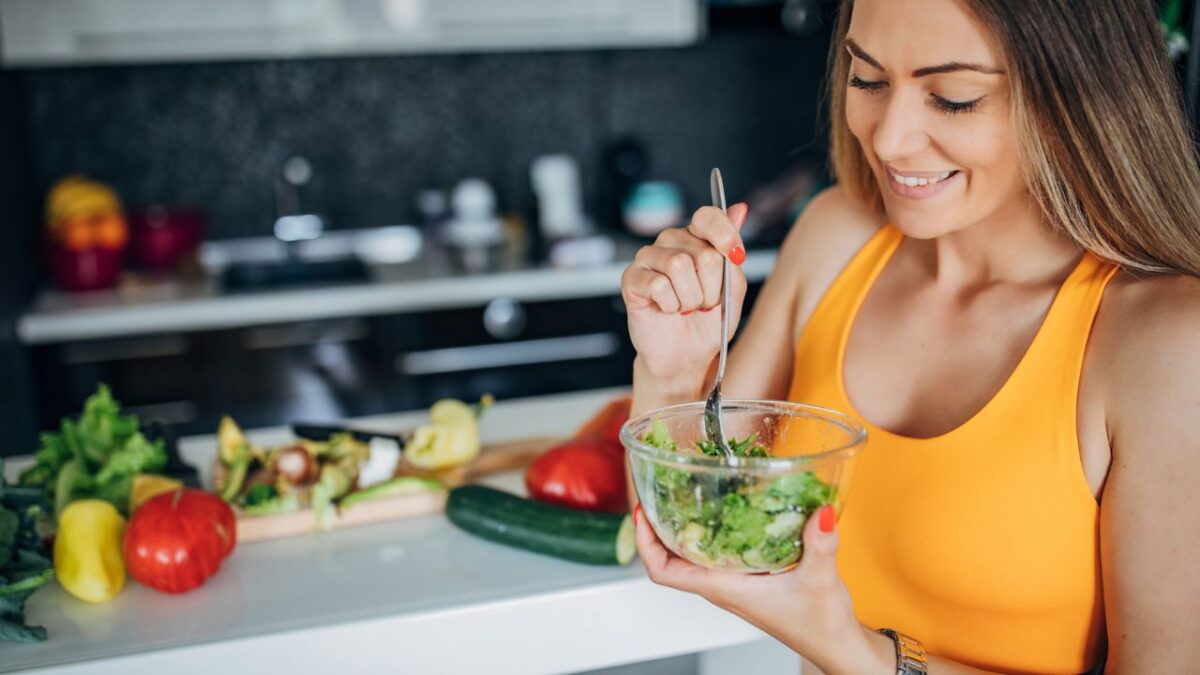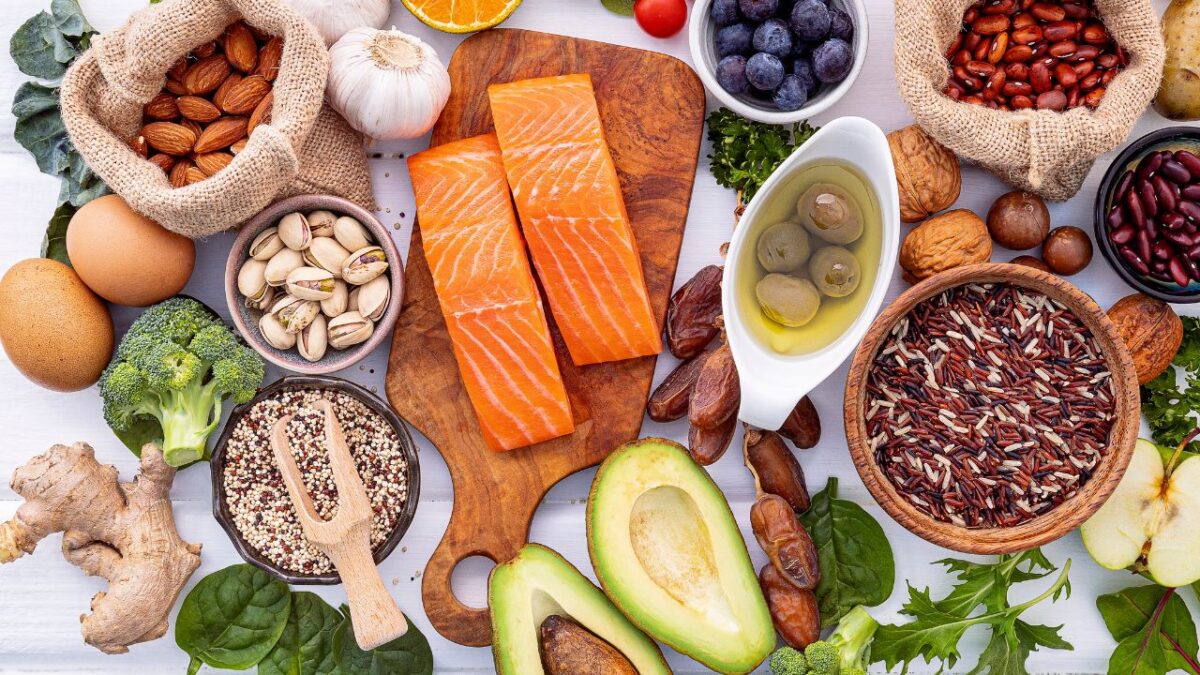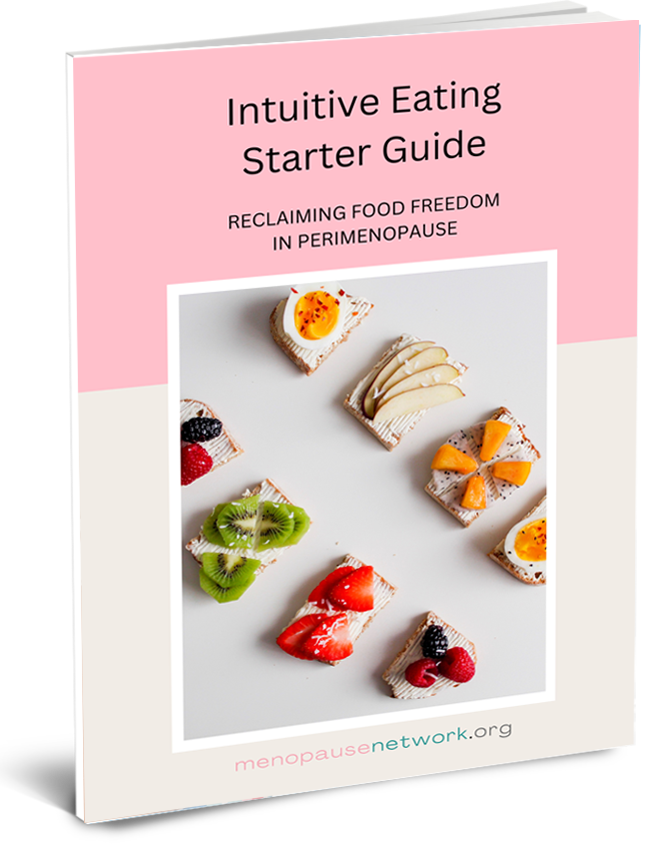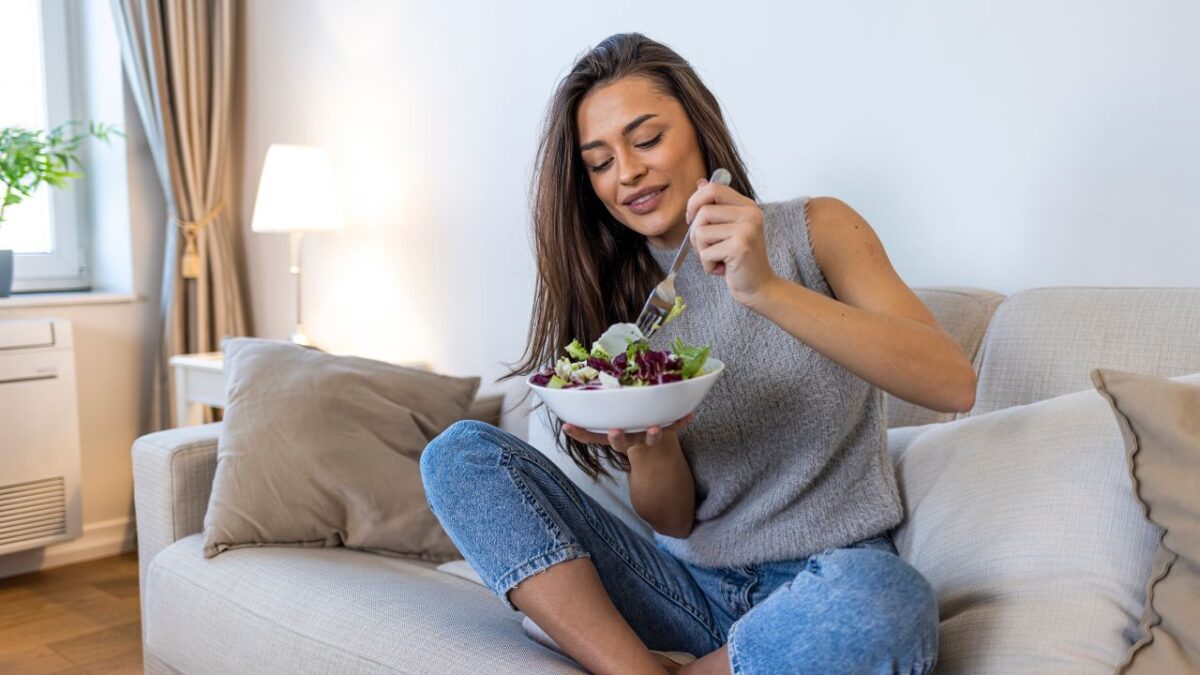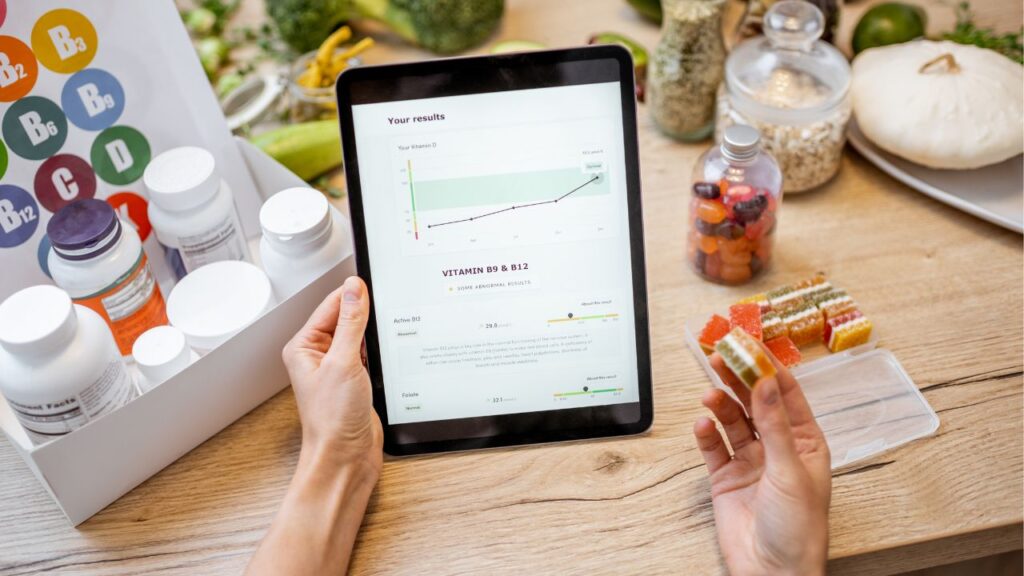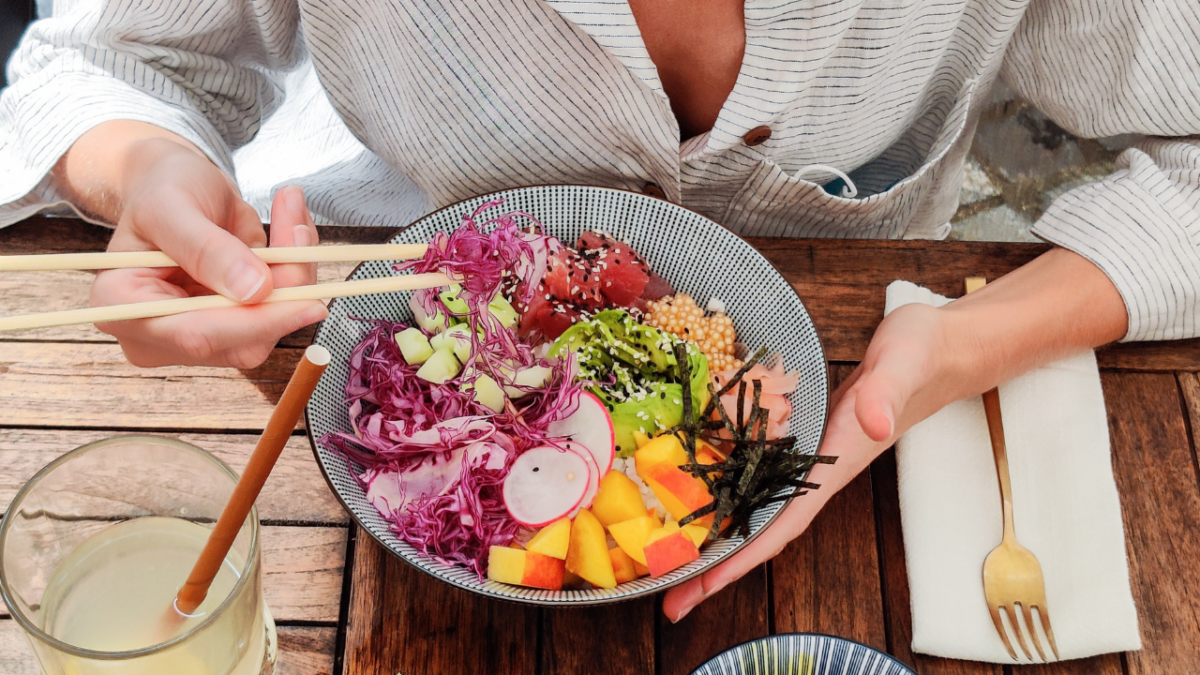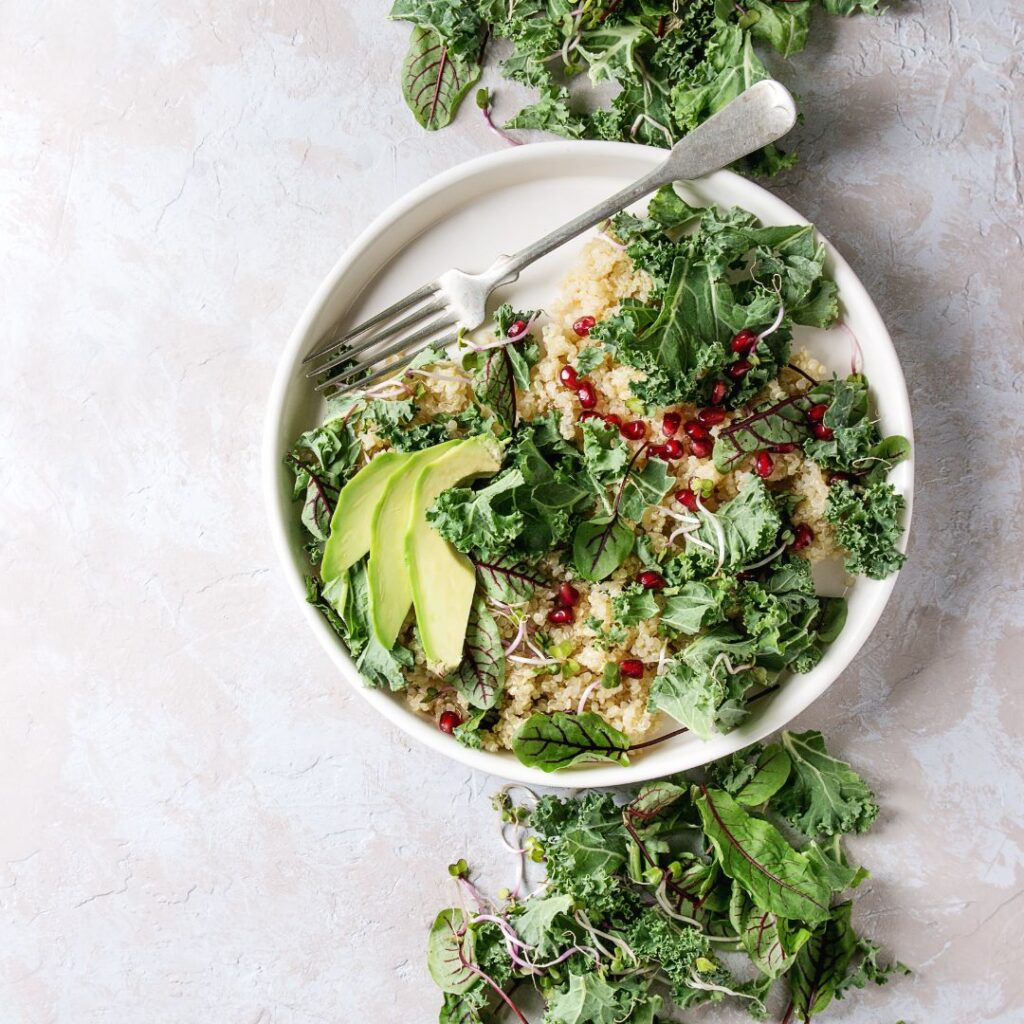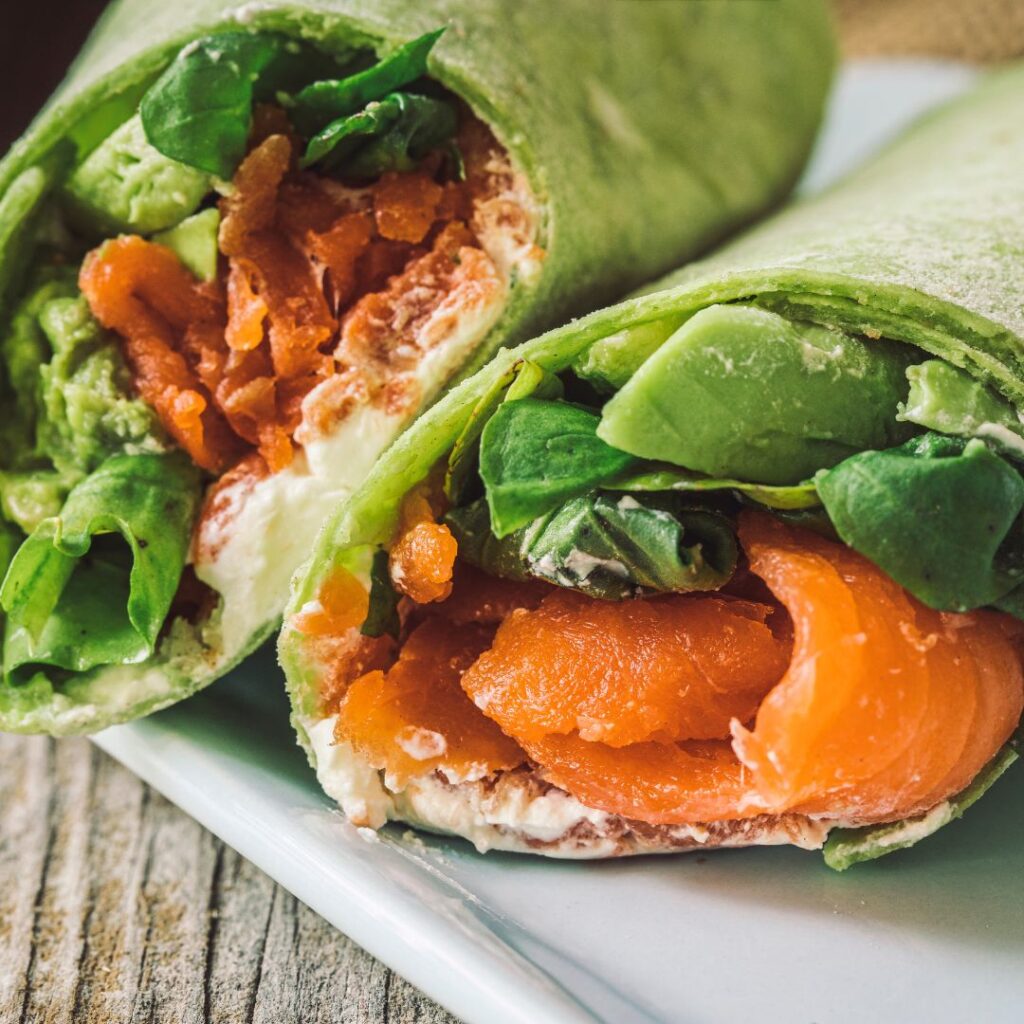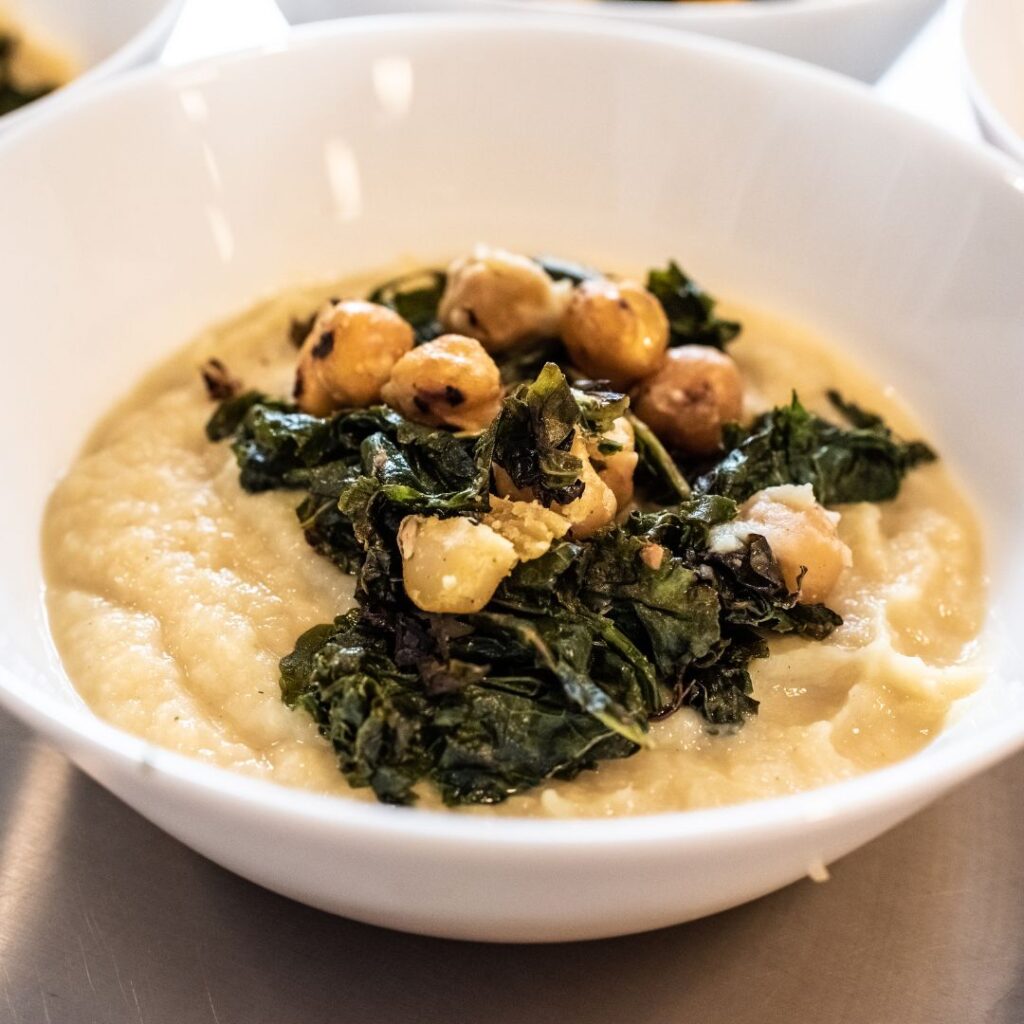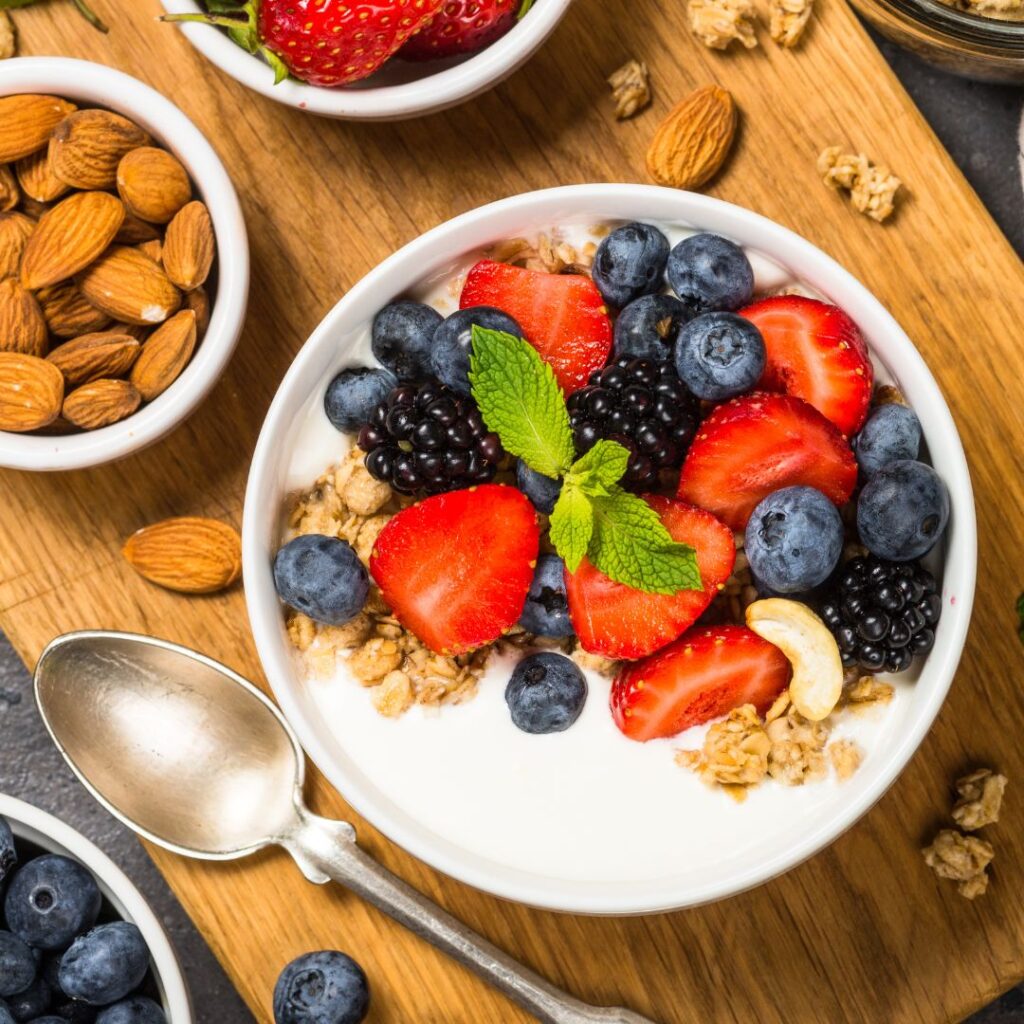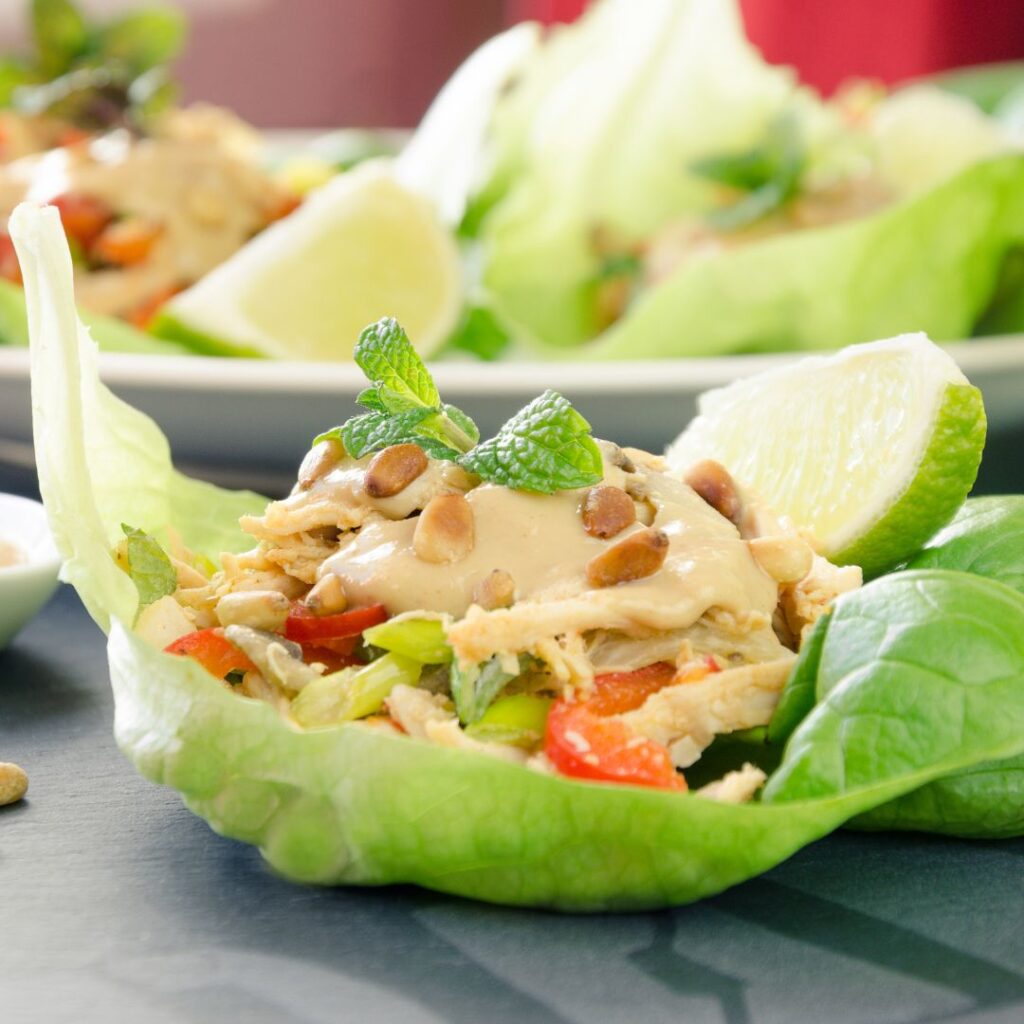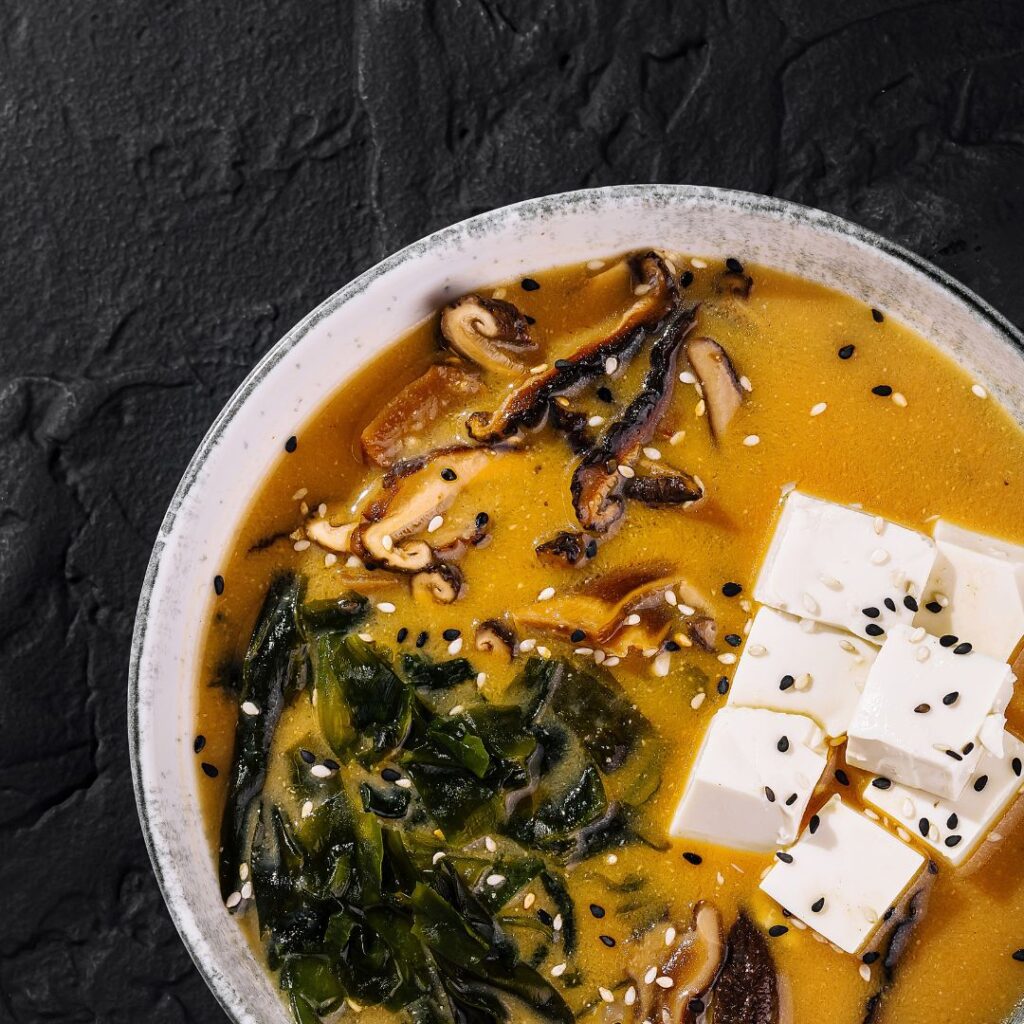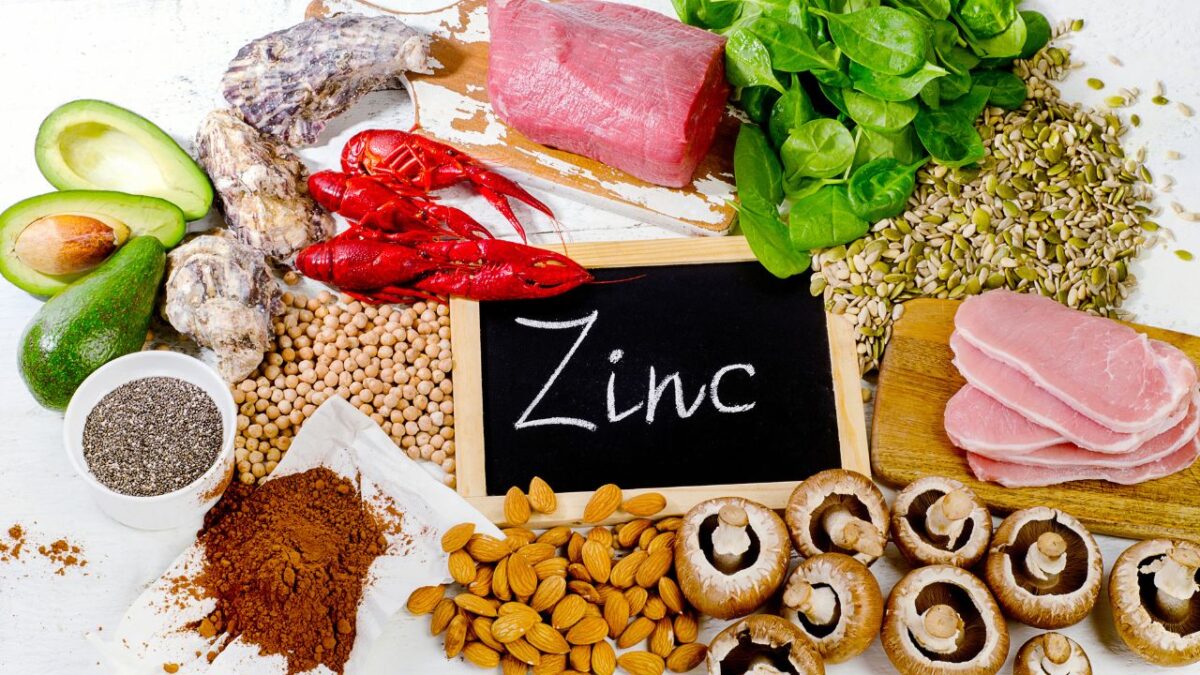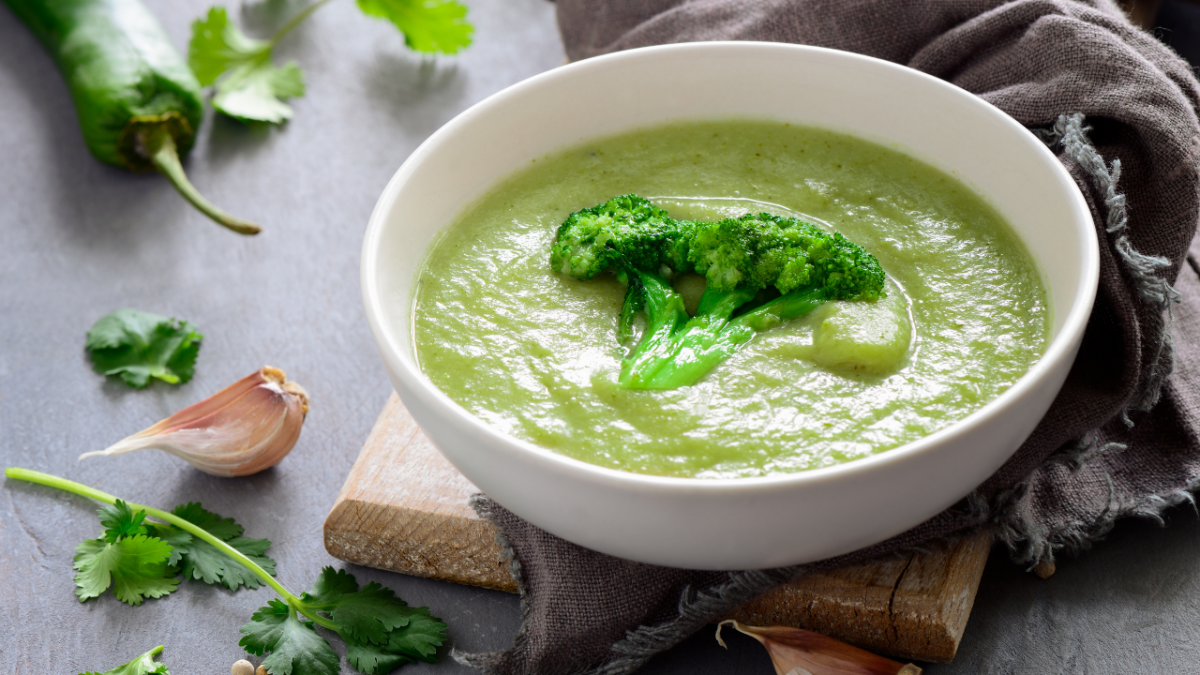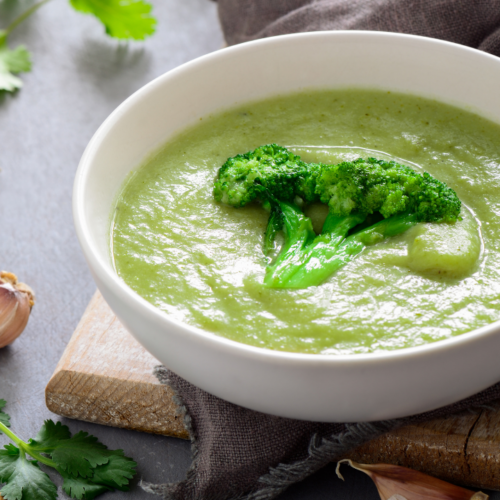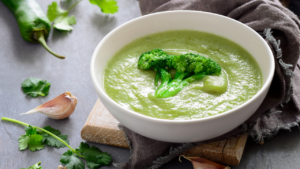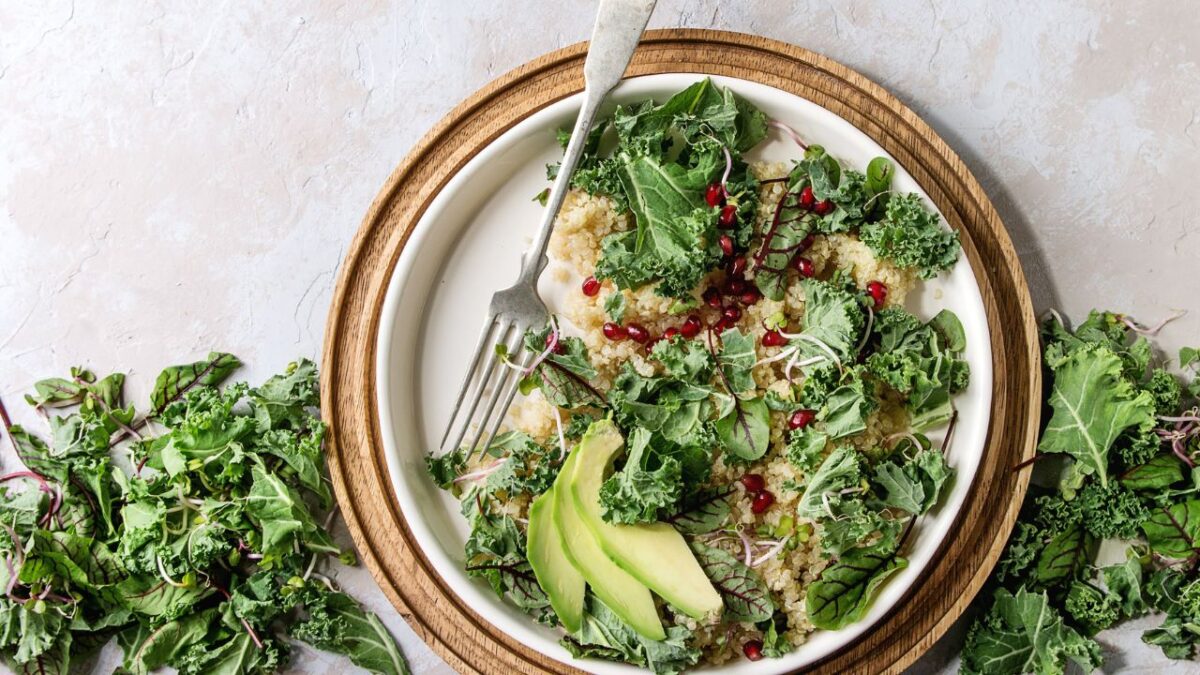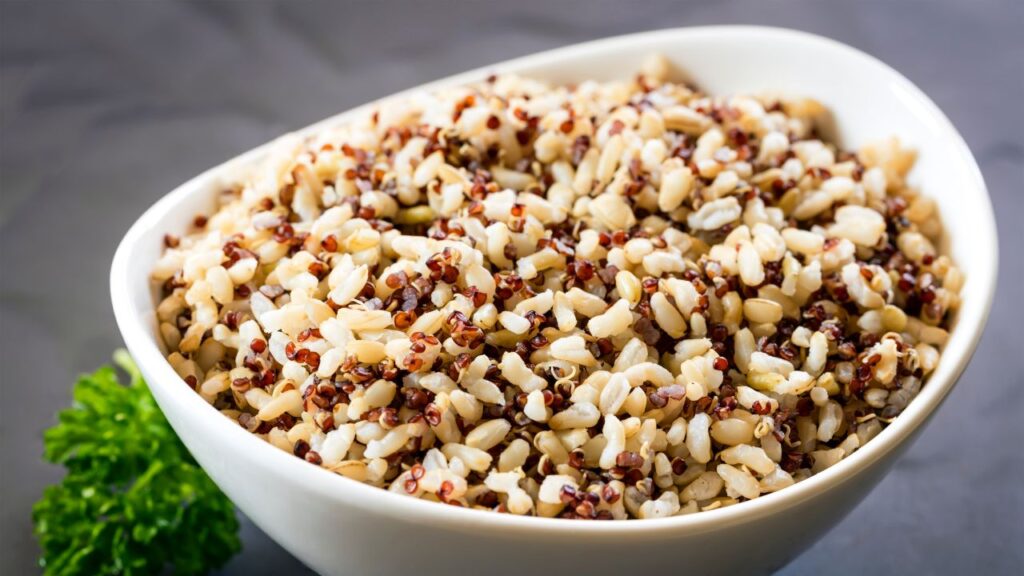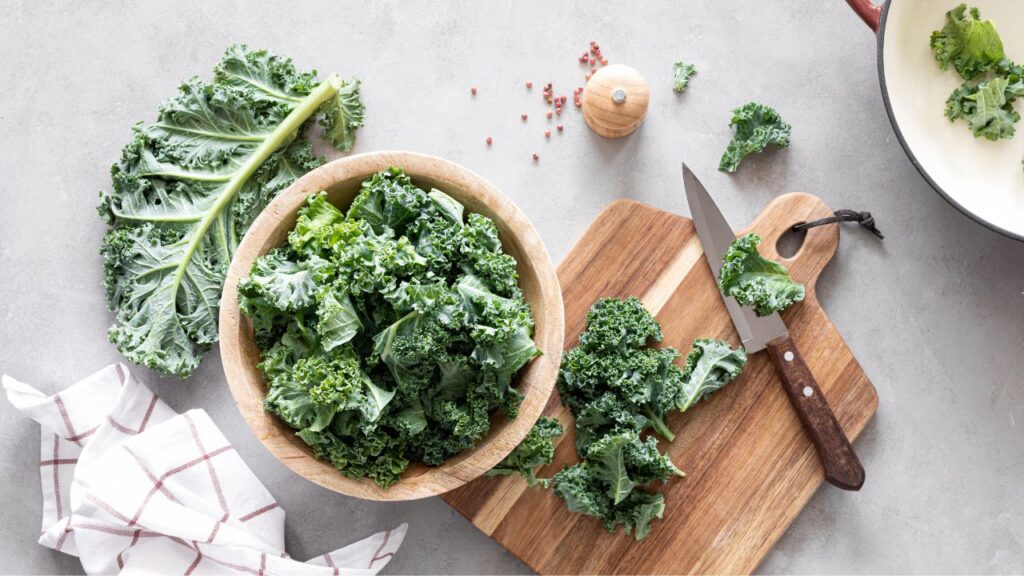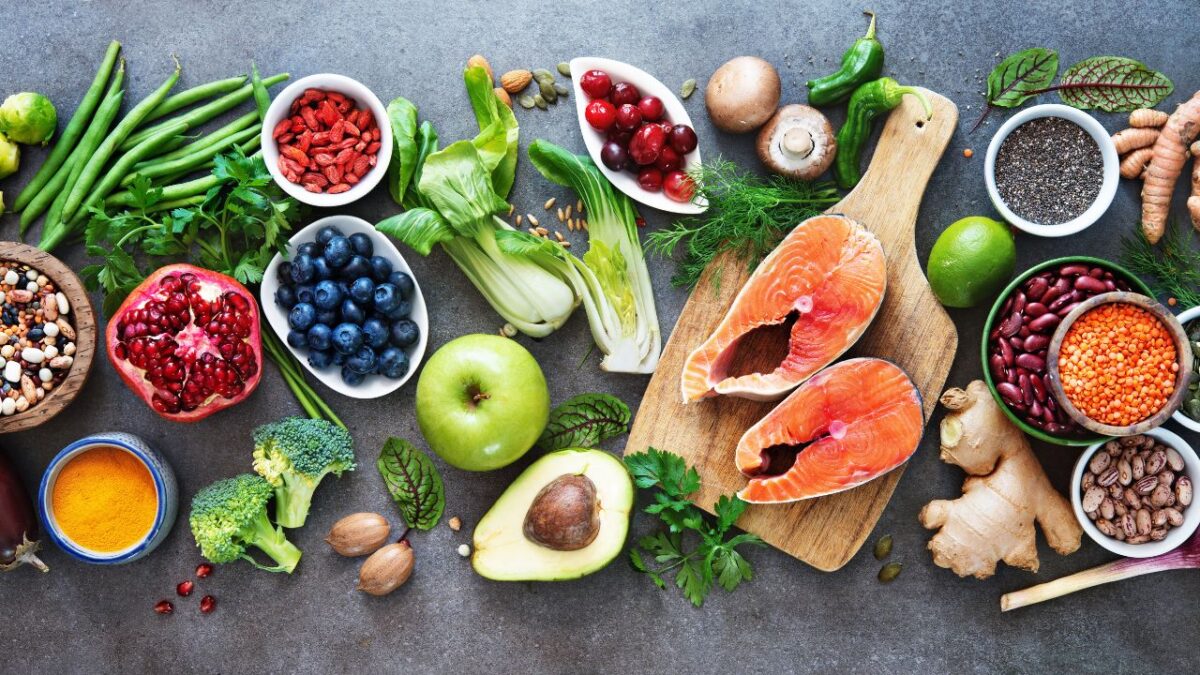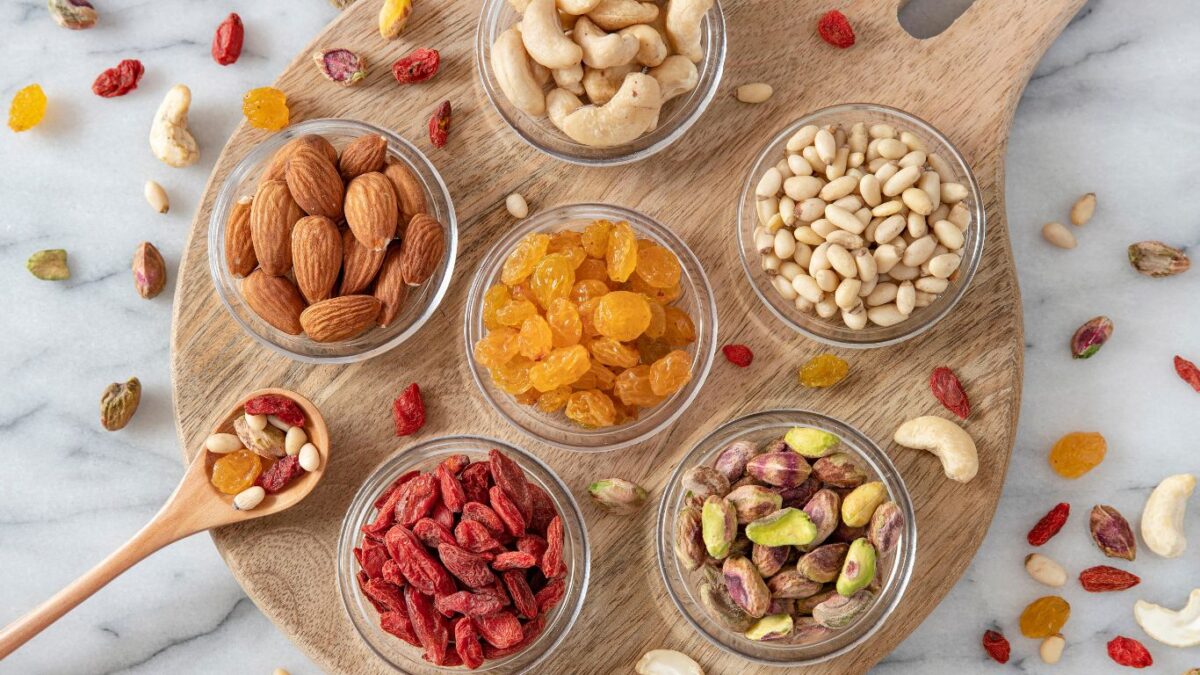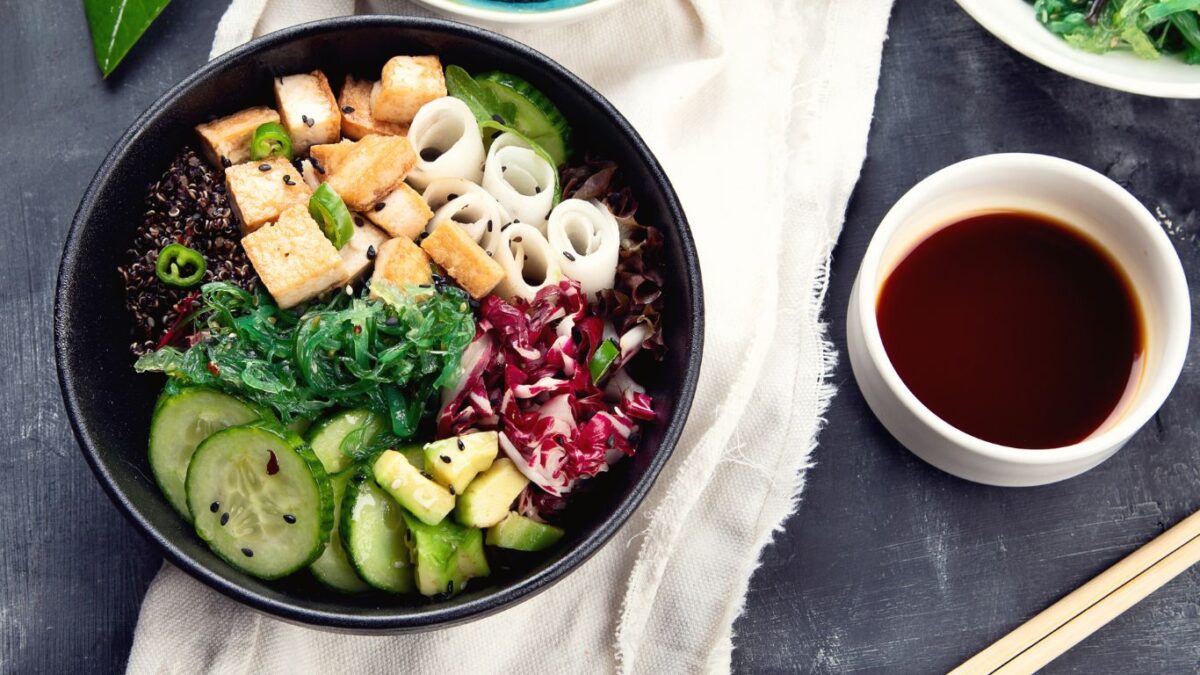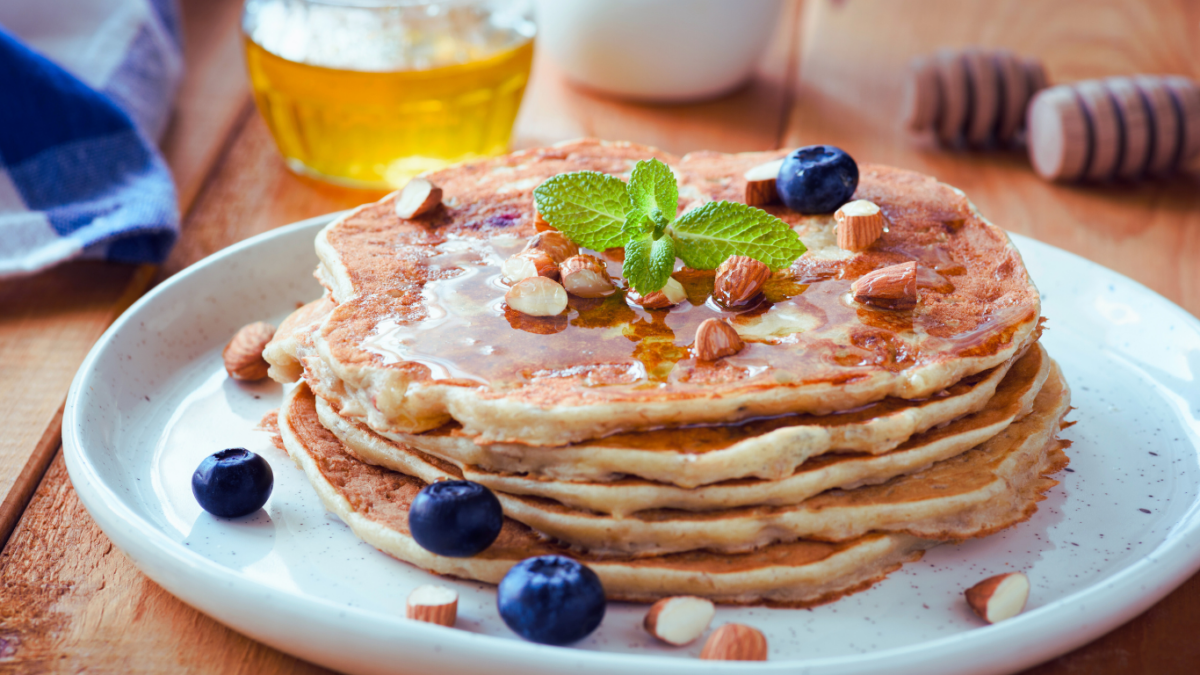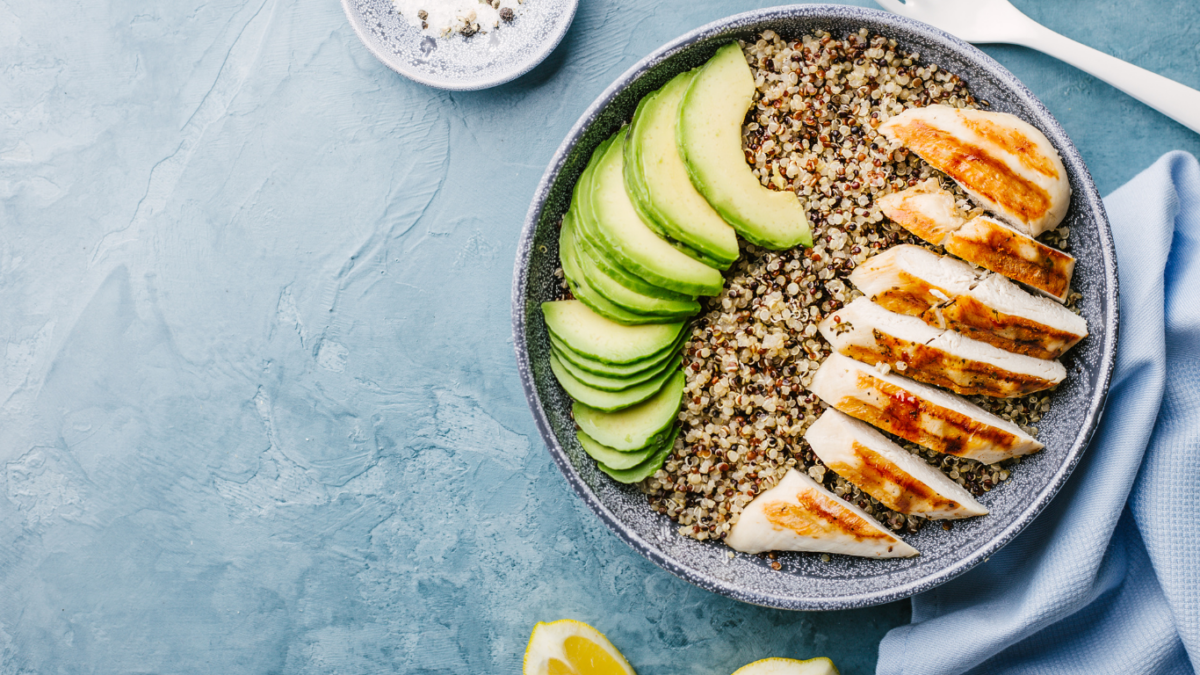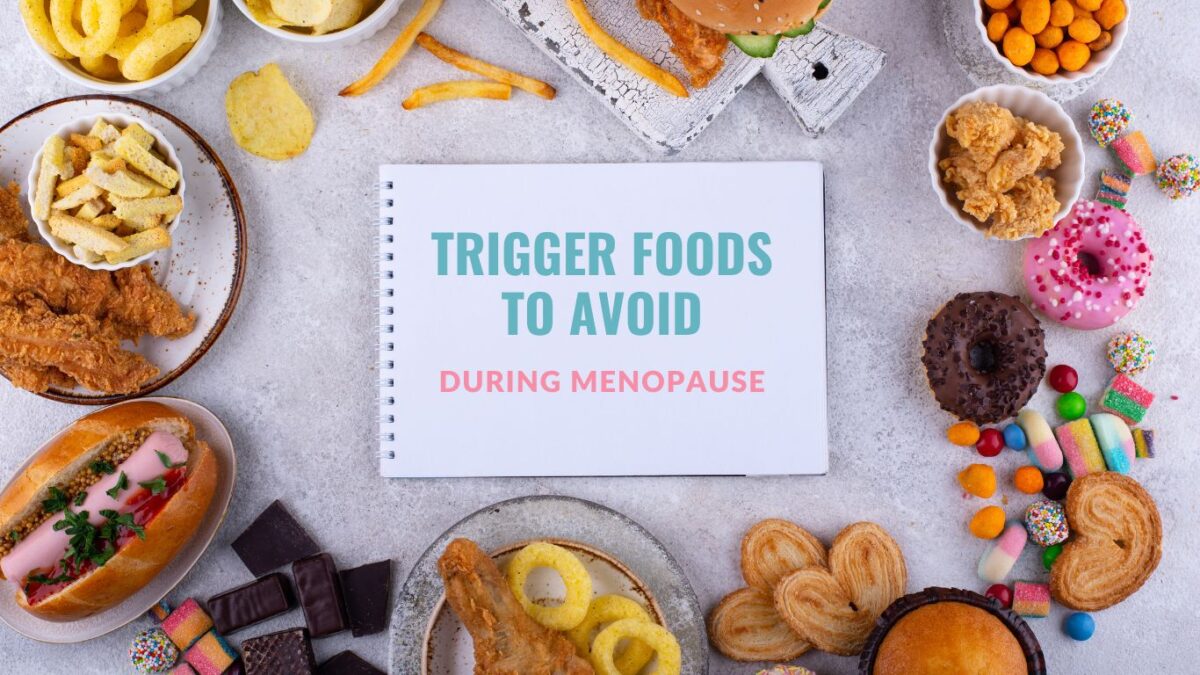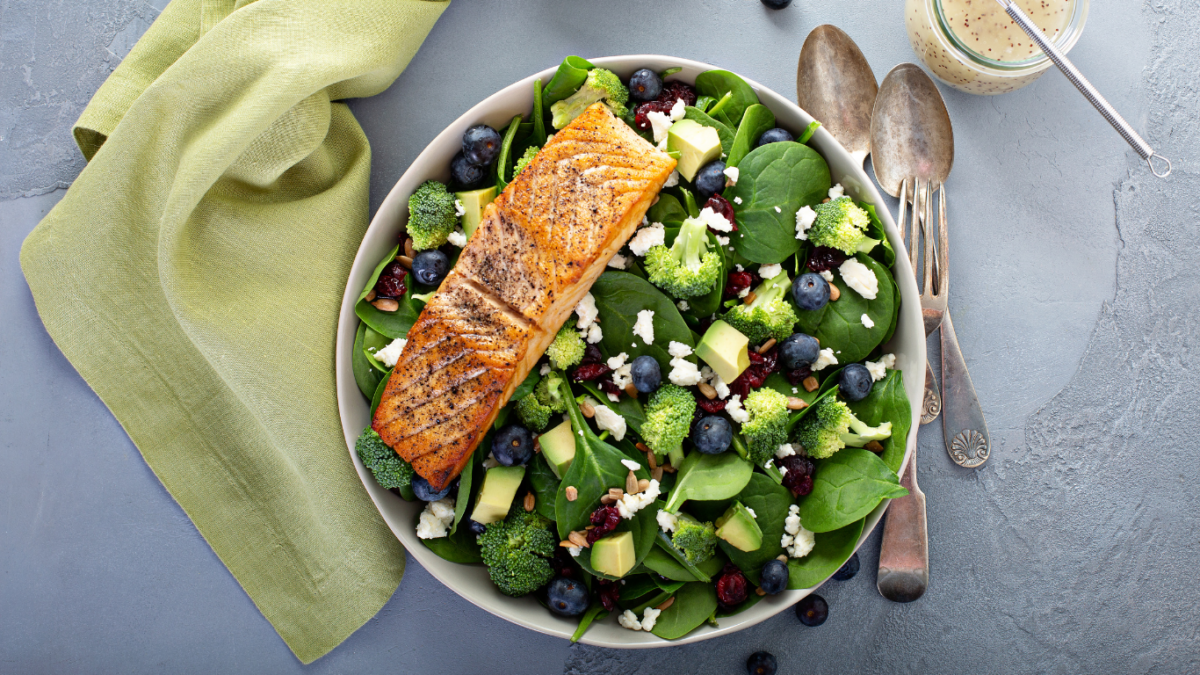Snack Like You Mean It: Power Foods for Perimenopausal Superwomen
It’s not that you’re lazy. Or undisciplined. Or suddenly “bad at mornings.”
It’s that something real is happening inside your body—a quiet, often misunderstood upheaval that starts to rewrite the rules of energy, focus, and stamina. Welcome to perimenopause: the hormonal dress rehearsal before menopause officially takes the stage. And whether you’re 39 or 49, if you’ve been feeling a mysterious kind of fatigue—one that no green smoothie or double espresso seems to fix—you’re not imagining it.
During the perimenopausal years, your estrogen and progesterone levels begin a slow, unpredictable waltz. This dance influences everything from your blood sugar to your sleep cycle, your metabolism to your stress response. The result? Energy that used to be on tap now feels… elusive. You might power through a work presentation and then crash by 3 PM. Or feel mentally foggy just when you need to be sharpest. It’s not just frustrating—it’s disorienting, especially when your career, family, and life still demand peak performance.
Here’s the part nobody tells you: it’s not about pushing harder. It’s about fueling smarter.
You don’t need another protein bar from the bottom of your purse or another lukewarm latte on the fly. You need real nourishment. The kind that sustains your brain, balances your blood sugar, and supports your ambition—not just your appetite. The kind of food that says, “I know what my body’s doing, and I’m meeting it with strength.”
This guide is your permission slip to stop surviving on fumes. We’ll walk through what to eat for actual, sustained energy—not just a quick fix. From power-packed meal prep to smart snacks and a grocery list you’ll actually want to use, you’ll walk away with tools to feel like yourself again.
Let’s stop running on empty. Let’s start fueling your fire.
Why energy feels elusive right now
In your 40s (or even late 30s) your body begins the journey of perimenopause. Hormone levels fluctuate, especially estrogen and progesterone, and this has a ripple effect on energy, mood, metabolism and more. MDPI+2University of Michigan Medical School+2
Here’s what’s typically going on:
- Your basal metabolism slows down—so the same calorie intake may no longer equate to the same energy. MDPI
- Muscle mass tends to diminish unless you actively support it with protein + movement. University of Michigan Medical School
- Blood sugar stability becomes more brittle—spikes and crashes hit harder, leaving you fatigued or foggy. fitnessinspirationforwomen.com+1
- Sleep may be disrupted (hello night sweats, hot flashes, restless mind), and poor sleep equals low energy.
- You may find cravings (for sugar, caffeine, processed foods) increasing—not just for pleasure but because your body is asking, “Where’s my fuel?”
So your usual eating habits may not cut it anymore. Instead you need a strategy: one that sustains energy, supports your hormones and meets you where you are—busy, professional, doing so much.
The core pillars of energy‑fueling nutrition
Let’s talk building blocks (the fun part): what kind of food helps you keep thriving rather than just surviving.
1. Protein at every meal
Think of protein not just as “muscle food” but as “energy stability food.” It keeps your blood sugar steadier, supports lean mass (and thus metabolism), and helps your brain stay sharp. In perimenopause, many women under‑eat protein, which equals more dips. Dr. Jolene Brighten
Aim for ~20‑30 g per main meal. (Yes, that might be more than you’ve been doing.)
2. Smart carbs (complex, fibre‑rich)
Carbs aren’t your enemy—but the type and timing matter. Complex carbs (whole grains, legumes, sweet potato, oats, fruit) release energy more steadily, assist your gut (hello fibre), and help avoid those mid‑afternoon crashes. Medical News Today
Pair your carb with protein + healthy fat to really lock in sustainability.
3. Healthy fats & anti‑inflammatory foods
Your hormone‑factory (yes—you!) thrives on good fats: omega‑3s, monounsaturated fats, nuts/seeds, oily fish. These support brain health, mood regulation and inflammation control—especially as estrogen’s protective effects wane. Dr. Jolene Brighten
4. Key nutrients you don’t want to ignore
- Calcium + vitamin D (bone support, especially important now). University of Michigan Medical School+1
- Magnesium, B‑vitamins, iron, omega‑3s (all central to energy, mood, sleep) – yes, your food has to multitask. fitnessinspirationforwomen.com+1
- Fibre and colourful plant‑foods: for gut health, hormone metabolism, steady energy. Medical News Today+1
5. Consistency & timing
- Don’t skip breakfast or let long gaps happen. Doing so = your body goes into “okay I might be starving soon” mode, which disrupts energy. University of Michigan Medical School+1
- Make your meal‑prep count: when you’re busy, the easiest way to fail is to rely on reactive snacking.
- Hydrate — your fluid needs may rise and dehydration = fatigue + bad mood.
Meal‑Prep for the Professional You
Because yes—you are busy. You’re juggling emails, conference calls, maybe kids or caregiving, late meetings, early mornings. Here are practical, realistic routines.
Sunday 30‑minute session
- Grill or roast a batch of lean protein (chicken breast, tofu, fish)
- Cook a large portion of a complex‑carb base (quinoa, brown rice, sweet potato)
- Chop colourful vegetables (carrots, peppers, leafy greens) and store in containers or zip bags.
- Hard‑boil 3‑4 eggs.
- Portion out ½ cup each of mixed nuts/seeds in snack bags.
Sample “Energy Plate” for the Week
- Breakfast (7–9 a.m.): Greek yogurt + 1 Tbsp chia seeds + berries + sprinkle of almonds.
- Mid‑morning snack: Hummus + carrot sticks or apple + a handful of nuts.
- Lunch: Mixed‑greens salad (spinach, kale) + roasted sweet potato cubes + grilled salmon (or chickpeas) + avocado + olive‑oil vinaigrette.
- Afternoon pick‑me‑up: Whole‑grain toast + almond butter + banana or cottage cheese + mixed berries.
- Dinner: Stir‑fry with lean beef or tofu + broccoli, bell pepper + brown rice or wild rice + sesame‑oil drizzle.
- Evening (if hungry before bed): A small bowl of oats + ground flaxseed + walnut pieces — fibre + slow‑release carb + good fat.
On‑the‑go options
- Bento‑style boxes: protein + veggie + complex‑carb all in one.
- Pre‑chopped snack packs: roasted chickpeas, edamame, kale chips.
- Smoothie: spinach + frozen berries + plant‑protein powder (or Greek yogurt) + flaxseed + almond milk.
Power Food Grocery List
Here’s your shopping list. Keep it somewhere visible. Every item supports sustained energy, muscle, mood, brain, hormones. Choose what fits your taste & region.
- Lean proteins: chicken breast, turkey, firm tofu, salmon, sardines, eggs
- Legumes & pulses: chickpeas, lentils, black beans
- Whole‑grains: quinoa, brown rice, oats, wild rice
- Complex carbs: sweet potatoes, squash, pumpkin
- Leafy greens: spinach, kale, collards
- Colorful veggies: red peppers, carrots, broccoli, beets
- Fruit: berries, apples, bananas
- Nuts & seeds: almonds, walnuts, chia seeds, flaxseeds
- Healthy fats: avocado, olive oil, salmon (again), chia seeds
- Dairy or fortified alternatives: Greek yogurt, milk/soy milk (calcium support)
- Fermented/gut‑friendly: plain yogurt, kefir, kimchi (optional)
- Herbs/spices: turmeric, ginger, cinnamon — little helpers for inflammation
- Hydration: herbal teas, water, maybe coconut water for electrolyte boost
How to Make It Real for You
- Commit to one “power meal” each day for the next week—one breakfast or one lunch with full intention (protein + smart carb + veggie + healthy fat).
- Use a gentle tracking method: how did you feel 30 mins after eating? Energy up or down? Focus sharp or fuzzy?
- Tweak one snack this week from something “meh” (e.g., a sugary bar) to something “good‑fuel” (e.g., nuts + fruit). Observe the difference.
- Pre‑prep on Sunday (as above) so when Monday hits you are not scrambling.
- Remember: you are not failing if one meal isn’t perfect. This is about progress, not perfection.
Takeaway
Your body is doing the serious work of transition right now. The hormones are shifting, metabolism is changing, your sleep might be off, your mood might be off guard—and your energy may feel the first casualty. But you’re not powerless.
When you shift from “eat whatever’s convenient” to “eat for sustained fuel for my ambitions“, magic can happen. Your brain sharpens. Your focus returns. Your mood stabilizes. And yes—your professional life doesn’t have to go on pause while your body recalibrates.
So go ahead—grab that grocery list. Prep one power meal. Celebrate the fact that you’re investing in yourself. Because you deserve energy. You deserve clarity. You deserve to thrive through this.
Action Step Now:
Print or screenshot the grocery list above. Circle 5 items that are new to you. This week, build one recipe around those 5 items. Let that one meal become your game‑changer.
You’re showing up—for your career, your family, your dreams. Now let your food show up, too.

